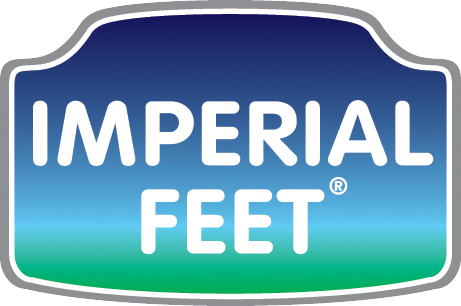Article: Foot care tips to pamper moms-to-be
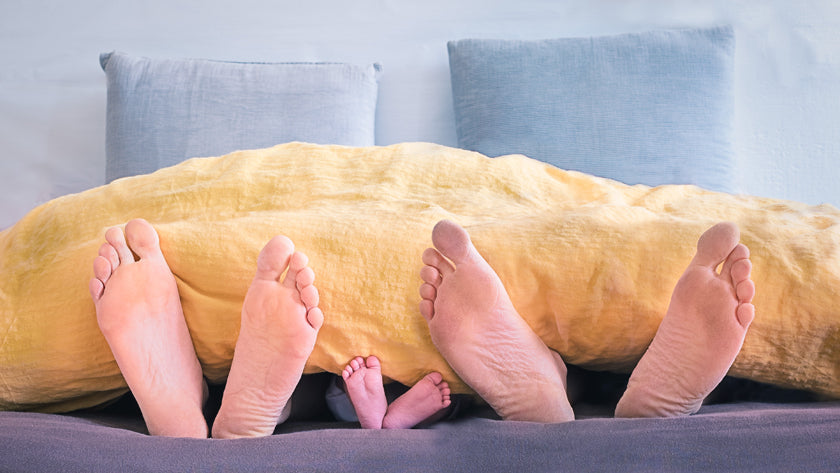
Foot care tips to pamper moms-to-be
Pregnancy is a remarkable and life-changing event, the illusion of becoming a mother brings indescribable joy. But there are also many changes in a woman's body, like discomfort and pain in legs, feet, and ankles. We will provide you with valuable tips to relieve foot pain while pregnant.
Swollen feet, heel pain, and sole burning are the most common complaints you could experience if you are pregnant. Your center of gravity will shift during pregnancy to accommodate the growing baby, and this will cause the weight and pressure on the feet to increase.
Why do I suffer from foot pain during pregnancy?
Hormonal disorders typical of this stage are the ones that cause various discomforts in the feet.
The 3 main reasons for foot pain during pregnancy are:
- Circulatory problems
Blood flow issues occur when the uterus grows and compresses the blood vessels that carry blood from the lower extremities to the heart and vice versa. The pain and swelling of the feet derive from this type of problem.
- Weight gain
Weight gain can also be a cause of foot pain during pregnancy. This weight gain is due to the fact that, as your baby grows, your body must adapt to its size in order to accommodate it without difficulty.
During the last months of pregnancy, a woman's average weight gain is 10 to 15 kg. (But remember each body is different.)
As a result of the increased load, you can suffer from flat feet or plantar fasciitis.
- Fluid retention
Fluid retention is closely linked to circulatory problems, as the tension caused by the uterus on the veins, and not enough blood supply to the lower extremities, causes fluid to accumulate in the tissues.
Fluid retention usually causes a condition known as edema. This usually occurs in the feet, ankles, and legs, but can affect the entire body.
Here are some recommendations so that foot pain during pregnancy does not make you suffer and you can start enjoying your pregnancy without worries.
Tips to reduce foot pain during pregnancy
- Say goodbye to high heels for a while. This type of shoe is commonly narrow, and it can cause pain in the soles of your feet.
- Start wearing comfortable shoes with appropriate materials. Shoes made with materials such as plastic can make your feet irritated by heat and cause chafing and irritation.
- Use insoles that relieve pressure points on your feet for comfort.
- One of the best solutions for foot pain is relaxing massages. You can do it yourself, ask your partner to do it for you, or go to a podiatric center. An excellent wellness treatment product is the Imperial Feet Foot and Leg Gel. You'll love it!
- Bathe your feet with cold water to reduce the inflammation of the extremities. In addition to reducing swelling, it will help you relax. It is necessary to do this for several minutes.
- 6. Keep your feet up. This exercise stimulates circulation, which helps reduce swelling and pain in the feet. It is extremely important to try to rest and avoid standing for long periods of time. A wonderful way to refresh and pamper your feet is applying Imperial Feet Foot Deo Spray
We recommend you follow these easy tips to reduce the pain that pregnancy causes in your feet.
Wishing you health and joy as you welcome your new baby.!
“A new baby is like the beginning of all things, a wonder, hope, a dream of possibilities.” ― Eda J. LeShanBlog posts

Why You Should Never Push Back Dry Cuticles
Healthy, well-groomed cuticles are the foundation of beautiful nails. But did you know that pushing back dry cuticles can actually cause more harm than good? Many people make this mistake during th...
Read more
Whether you’re standing all day, working long shifts, or running from one meeting to the next, sweaty feet can quickly become more than just uncomfortable — they can affect your confidence, your en...
Read more
The Power of Stainless Steel Foot Files for Callus Removal
When it comes to soft, healthy feet, stainless steel foot files are the unsung heroes. While pumice stones and electric devices get plenty of attention, the stainless steel file is quietly outperfo...
Read more
Ballerina Feet: Most Common Foot Problems
Ballerinas are known for their elegance and strength—but their feet often pay a high price for that artistry. Years of intense training, hours en pointe, and the repetitive strain of performance ca...
Read more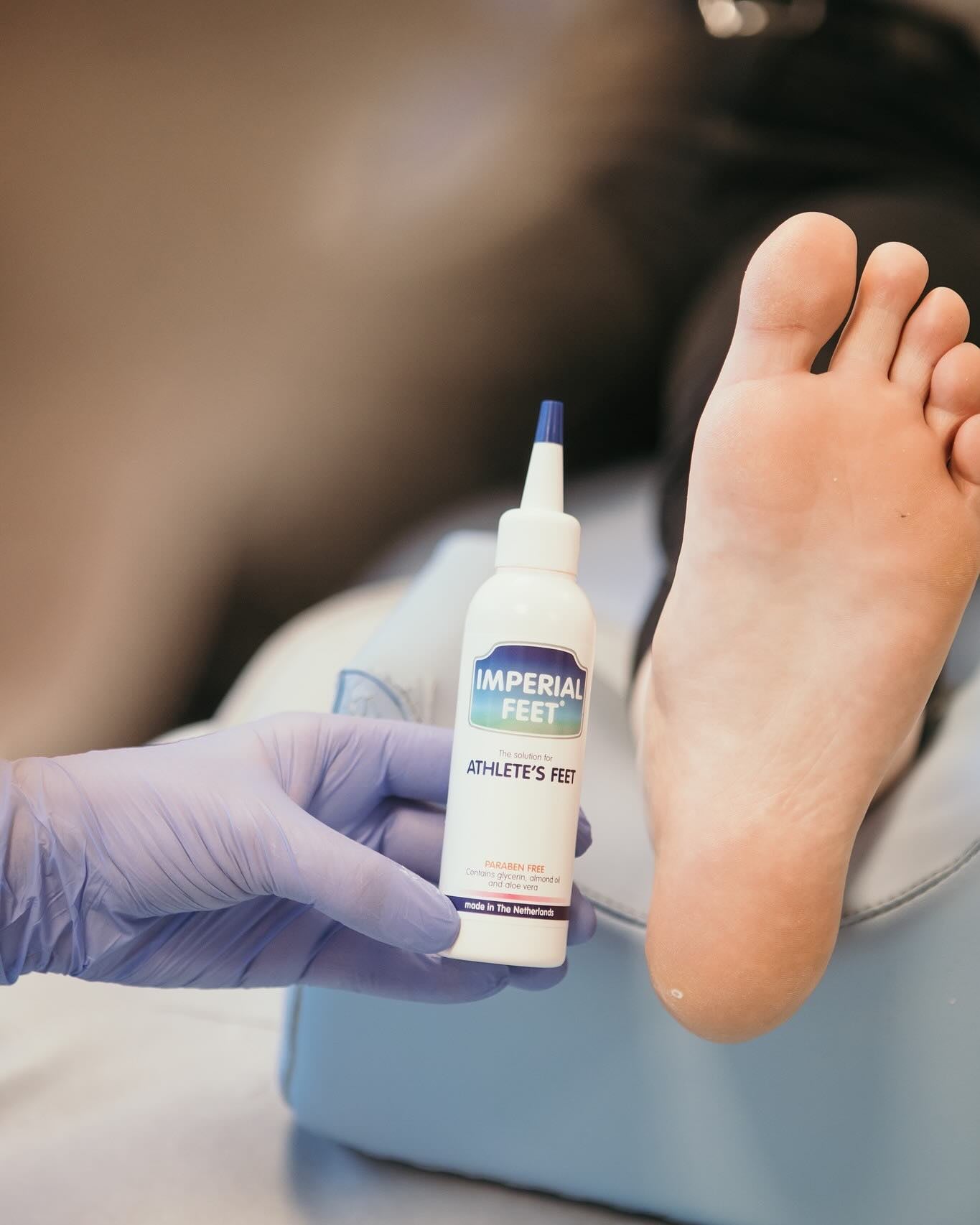
4 Types of Athlete’s Foot You Didn’t Even Know Existed
Athlete’s foot (Tinea pedis) isn’t a one-size-fits-all infection—there are several types, each with unique symptoms and treatment approaches. Knowing the different types helps tailor care and ensur...
Read more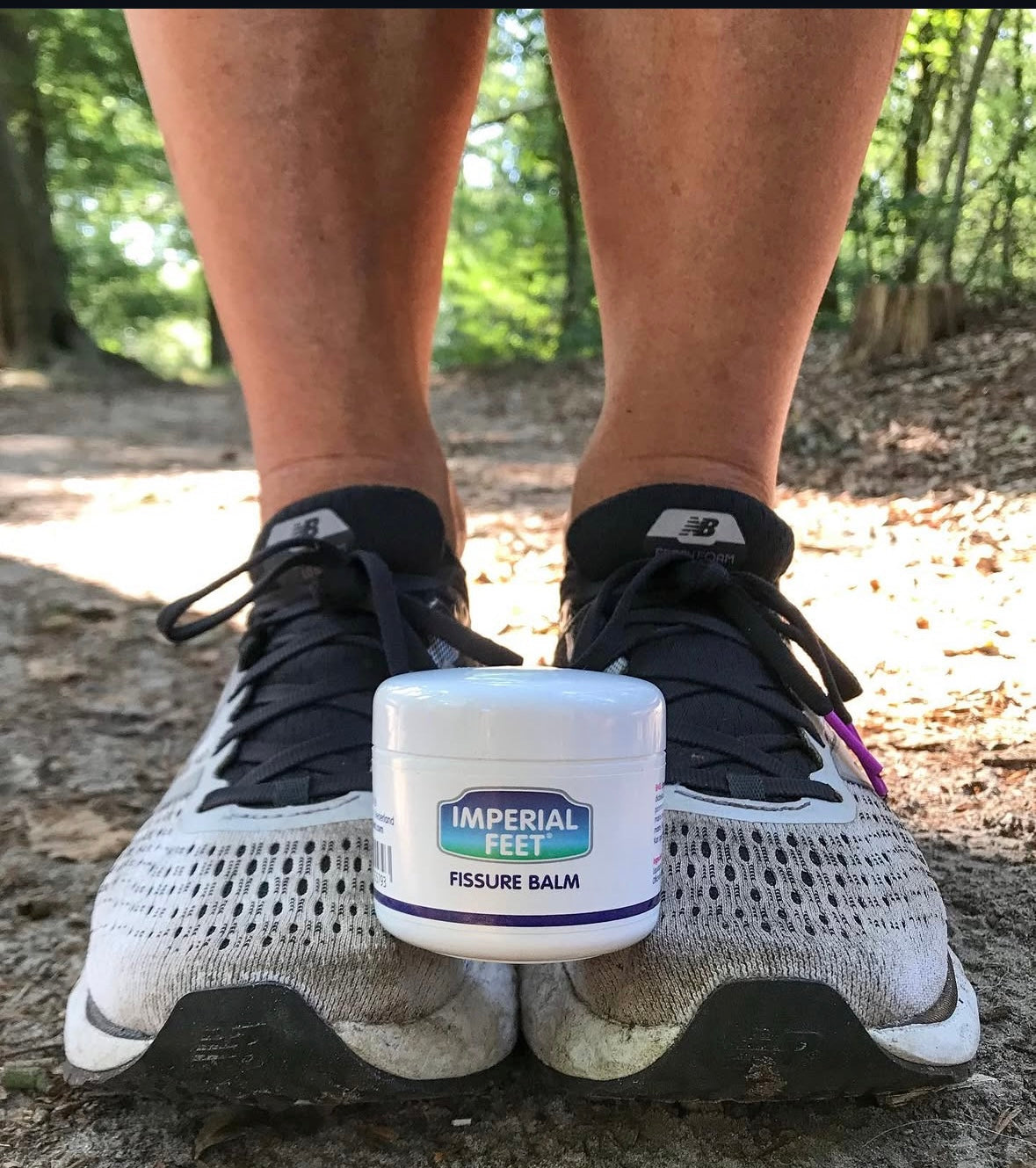
Why Foot Care Is Essential in Sport
Whether you’re a weekend warrior, professional athlete, or fitness enthusiast, your feet are the foundation of your performance. They absorb shock, support your weight, and enable movement—but ofte...
Read more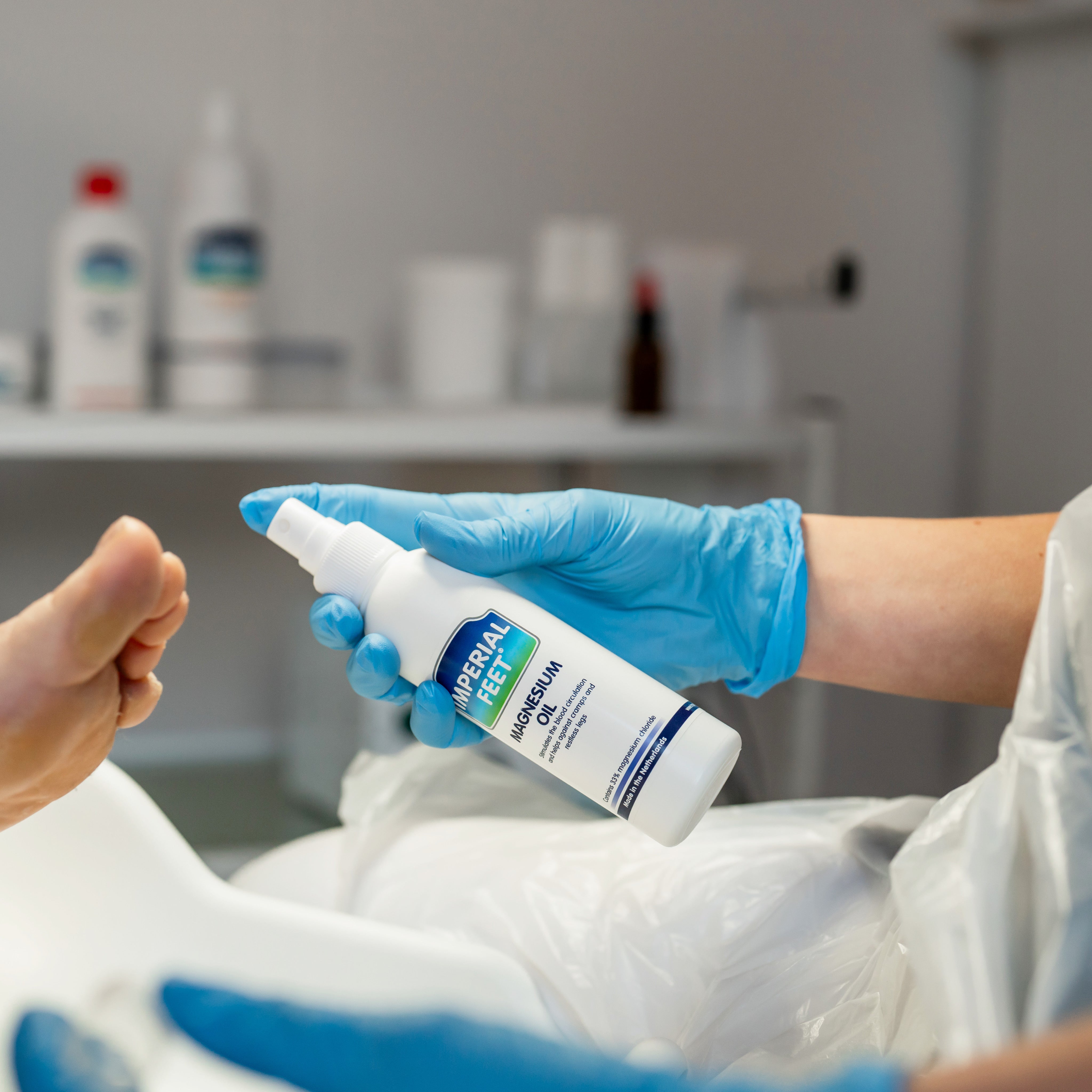
Magnesium Spray: Sleep, Recovery, and Skin Health Explained
Magnesium Spray: Sleep, Recovery, and Skin Health Explained In today’s fast-paced world, quality sleep, efficient recovery, and glowing skin are often seen as luxuries. But what if one natural mine...
Read more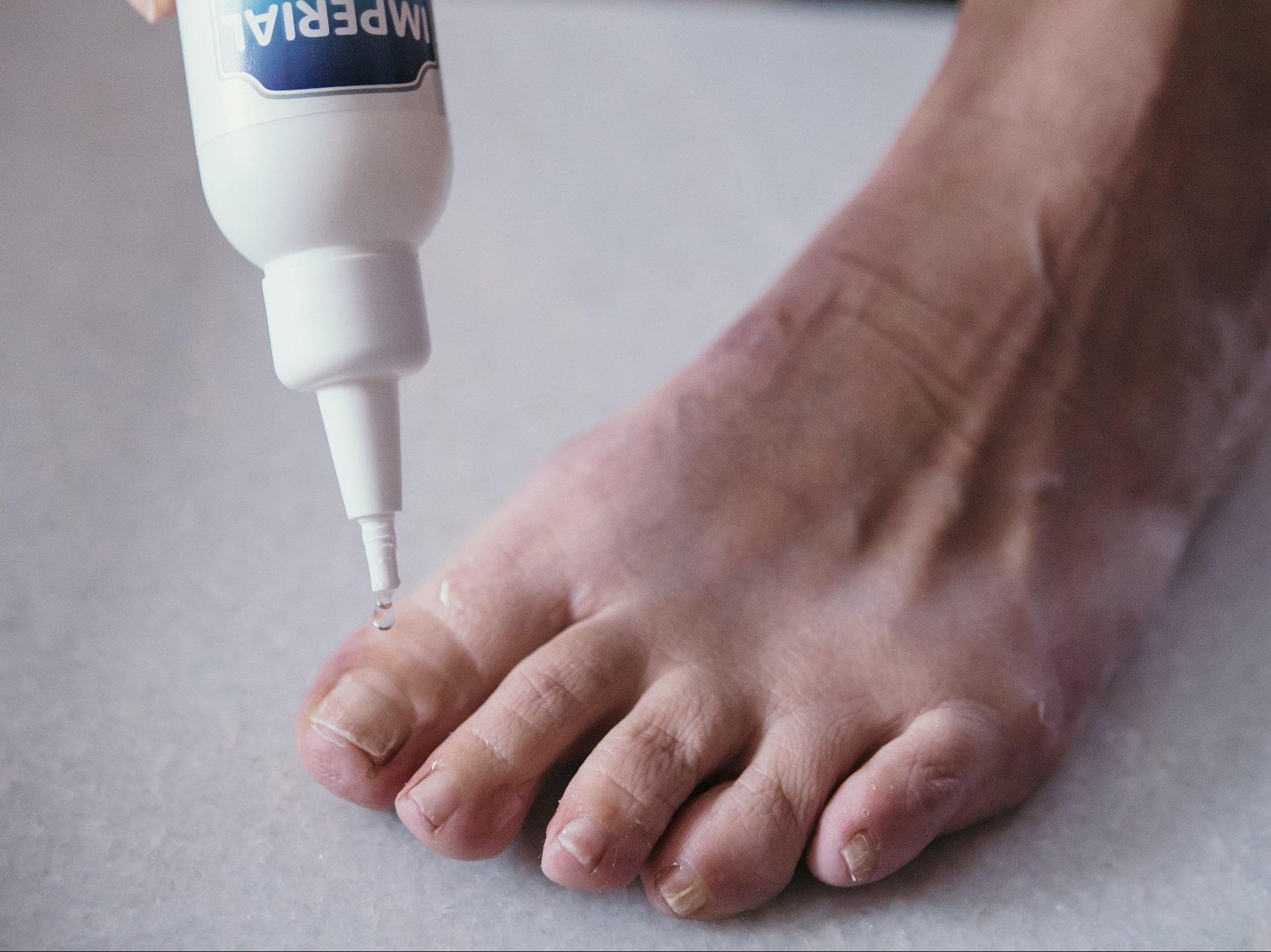
How to Get Rid of Yellow Toenails Fast
Yellow toenails can be embarrassing and uncomfortable, especially when sandal season rolls around. Whether caused by fungal infections, nail polish, or other conditions, discoloration is a sign you...
Read more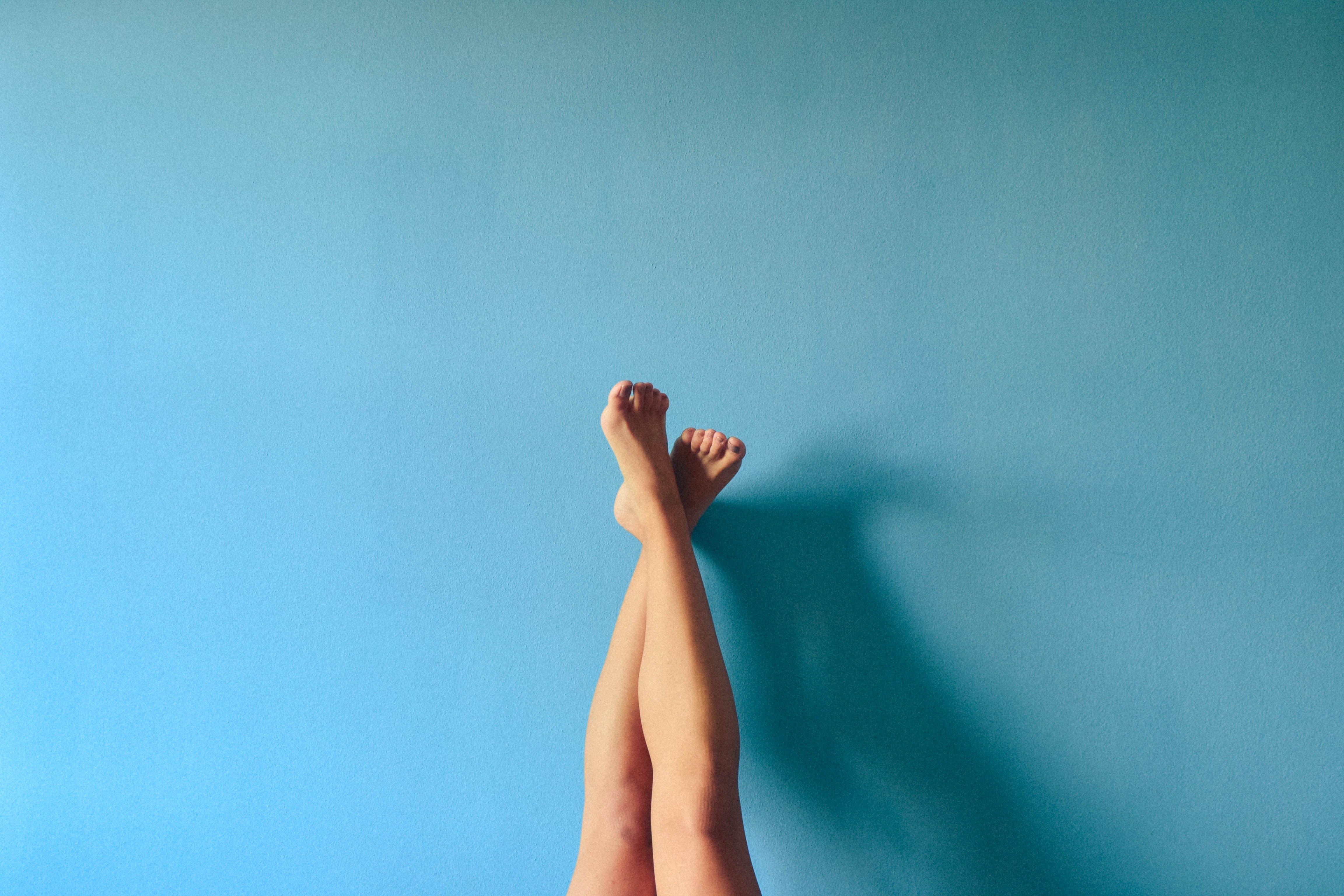
Home Remedies for Toenail Fungus: What Works?
Introduction Toenail fungus, or onychomycosis, is more common than most people think. It starts as a small white or yellow spot under the nail and can grow into a persistent infection that discolor...
Read more